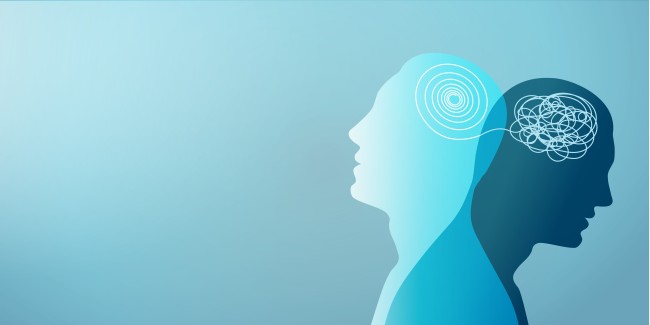Although the word ‘bipolar’ is being increasingly used in the media, and sometimes misused, the disorder is in fact a serious and debilitating condition affecting around 3% of the population.
-
40 Millions de personnes dans le monde sont atteintes d’un trouble bipolaire (source OMS)
-

600 mille personnes touchées en France
Biological mechanisms and causes of bipolar disorder
Bipolar disorder is a multifactorial condition that has a genetic component. There are several genes associated with a very slight increase in the risk of developing the disorder.

Bipolar disorder symptoms and diagnosis
The symptoms of bipolar disorder include alternating between depressive episodes and manic – or hypomanic – phases. There is no ‘one’ bipolar disorder, but many. There is a spectrum of disorders with symptoms that vary in their duration and intensity.
Currently, bipolar disorders can only be diagnosed on the basis of clinical symptoms.


Treatments for bipolar disorders
While care and treatment of bipolar disorders still rely on medication, there are also non-drug solutions that can help to reduce symptoms.

Support Paris Brain Institute
Did you like this content and did it answer the questions you were asking? Don't hesitate to support Paris Brain Institute.


